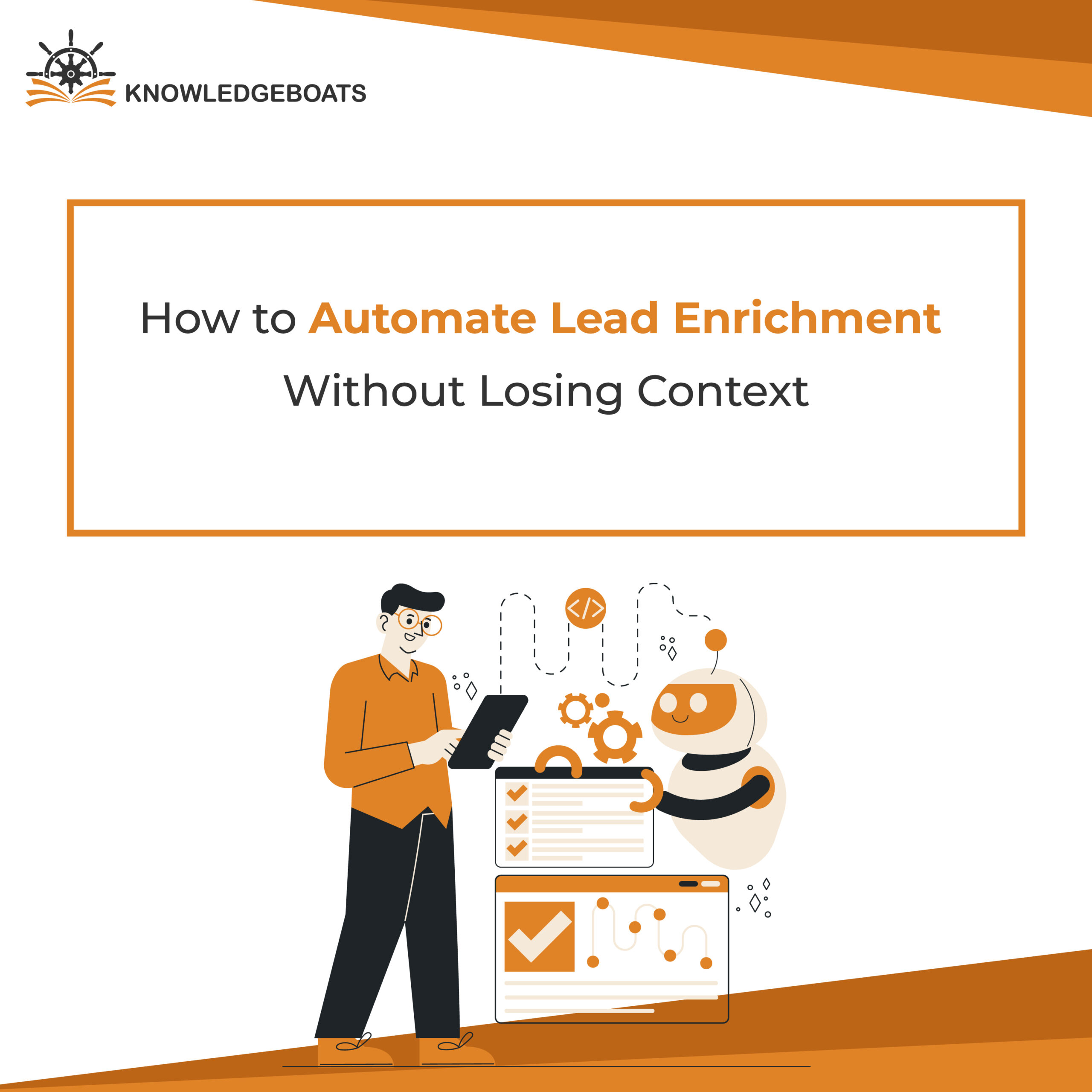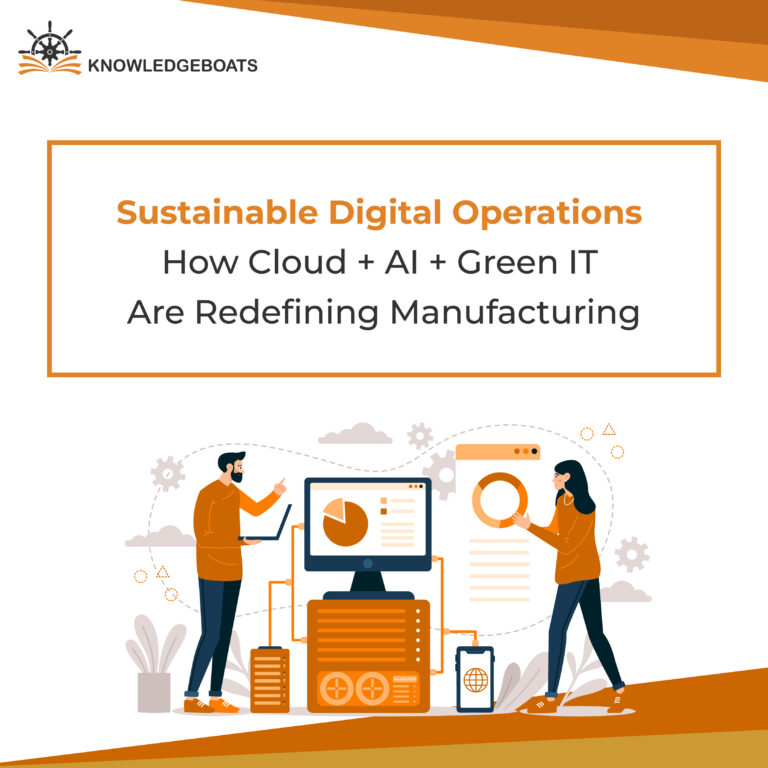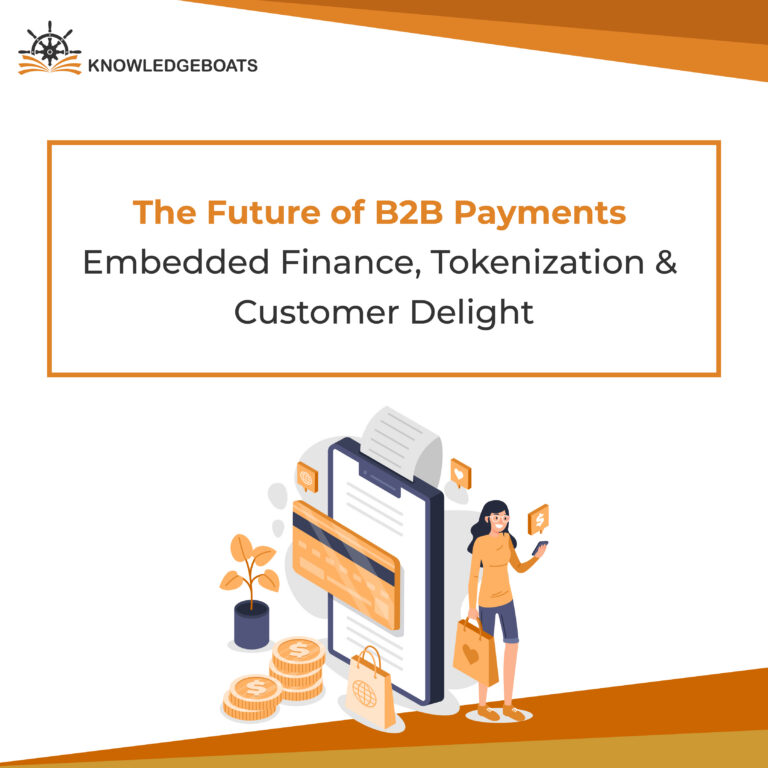
Ever feel like your sales team is starting from scratch with every new lead? Just a name and an email aren’t much to go on. To truly connect, you need the full picture.
That’s where lead enrichment comes in. It’s about adding vital layers of data like company details, job titles, tech stack, even buyer intent signals to transform a basic contact into a rich, actionable profile.
Traditionally, this meant hours of manual digging. Slow, right? The natural next step is to automate lead enrichment. But here’s the common hang-up: “Won’t automation strip away all the context, making our leads feel like generic data points?”
You absolutely can automate lead enrichment without losing context. It’s not about replacing human insight; it’s about empowering it. This guide will show you how to make your automated lead data not just fast, but genuinely smart and human-centered.
Why Automate? Beyond Just “Modern”
Let’s quickly hit on the undeniable benefits of automated enrichment:
- Speed Wins Deals: Manual research slows you down. Automated lead data ensures leads are enriched in real-time. Your team gets crucial info the moment it matters, drastically cutting the time from lead to qualified opportunity.
- Scale Effortlessly: As leads pour in, manual enrichment becomes a bottleneck. Enrichment automation tools handle volume with ease, letting your growth explode without adding headcount.
- Data You Can Trust: Human research introduces errors. Automated solutions pull from vast, updated databases, ensuring high-quality lead data enrichment. This leads to data with complete profiles and fewer blank spots.
- Empower Your Sales Team: With complete profiles, your team can personalize outreach, understand pain points, and prioritize effectively. This directly boosts conversion rates and ROI from your B2B lead enrichment. It’s the backbone of modern sales intelligence automation.
The “Context” Challenge: More Than Just Numbers
The fear of losing context is valid. Context means understanding:
- Their Problem: What pain are they trying to solve? This is often linked to buyer intent enrichment.
- Their Tech: What tools do they already use? This consists of technographics.
- Key Players: Who are the decision-makers and influencers? This focuses on contact data enrichment and company data enrichment.
- Their Journey: How have they engaged with us? This is basically the first-party data enrichment.
Without these nuances, even perfect data can lead to generic, ineffective outreach. Our goal is helpful insights your sales team can actually use.
How to Keep the Human Touch in Automation
Achieving contextual automation requires a thoughtful approach with the right lead enrichment software.
1. Define Your Ideal Customer
Before you automate, know what context matters most. Clearly define:
- Firmographics: Industry size, company revenue, location.
- Technographics: Their CRM, marketing automation tools and software.
- Demographics: Job title, seniority, department.
- Behavioral Clues: Website activity, content downloads (first-party data enrichment).
This guides what your lead enrichment process should prioritize.
2. Focus on Essential Fields
Don’t enrich everything. Focus on fields critical for sales and marketing:
Company Data: Industry, employee count, revenue, website, funding.
Contact Data: Job title, professional email, phone number, LinkedIn.
Technographics: Specific platforms in use.
Intent Data: Research surges, competitive mentions.
This ensures your sales data enrichment is relevant, not overwhelming.
3. Blend Your Data (Internal + External)
Your existing data is gold for context.
- CRM Data Enrichment: Connect your lead enrichment software to your CRM. Let it fill in missing fields, update old info, and flag discrepancies.
- Lead Form Enrichment: For new leads, use real-time lead enrichment. An email can instantly pull company name or industry, pre-filling forms and giving instant context.
This ensures automation builds upon your unique interactions.
4. Choose the Right Tools
Your tool choice is key. Look for lead enrichment software that offers:
- Comprehensive Data: Reliable sources, global coverage, wide data points.
- Real-Time Capability: Instant enrichment as data enters your system.
- Seamless Integrations: Must connect with your CRM (Salesforce, HubSpot) and sales tools. This enables smooth lead routing and enrichment.
- Data Quality: Robust verification processes ensure accuracy. This directly addresses “lead enrichment without sacrificing data quality.”
- Customization: Ability to specify fields and set conditional logic.
Popular choices among the best tools to automate lead enrichment for B2B include ZoomInfo, Clearbit, and Apollo.io.
5. Implement Smart Workflows
Don’t treat all leads the same.
Trigger-Based: Enrich only when certain criteria are met (e.g., new lead with a specific job title).
Conditional: If an email is provided, pull the company and title. If company size is also given, only enrich the missing technographics.
Intelligent Routing: Once enriched, use new data to route leads to the right rep based on territory, industry, or size. This answers “How to connect lead enrichment with lead routing workflows?”
6. Leverage AI for Deeper Insights
The idea of “Using AI to enrich leads in real time” is powerful. AI can:
Predict: Analyze data to predict conversion likelihood, aiding prioritization.
Spot Intent: Process unstructured data (web searches, news) for subtle buyer signals.
Summarize: Generate quick, actionable overviews for sales reps.
7. Maintain Human Oversight
Automation is powerful, but not “set-it-and-forget-it.”
Regular Audits: Periodically check enriched leads for accuracy. Data decays.
Feedback Loop: Encourage sales team feedback on data quality. This refines your rules.
Human Touch: Enrichment provides context; personalized outreach comes from your sales pros. Automation frees them up to do this well.
The Payoff: Context-Rich, Human-Centered Sales
By strategically automating lead enrichment, you transform your sales process:
- Smarter Qualification: Sales teams spend less time researching, more time selling to qualified leads. “How enriched lead data improves sales qualification?” It gives reps crucial insights upfront.
- Enhanced Personalization: Deeper understanding means highly targeted messages. This directly answers “How to maintain personalization while automating lead enrichment?”
- Streamlined Workflows: Smooth lead journeys from contact to close, powered by intelligent routing.
- Faster Sales Cycles: Rapid qualification and relevant engagement accelerate deals.
Enrichment vs. Scoring: A Quick Note
Lead enrichment vs lead scoring: Enrichment gathers the data (e.g., company size, job title). Scoring assigns a value to that data to prioritize leads (e.g., a lead with 500+ employees gets 10 points). Enrichment provides the raw materials; scoring uses them for action.
Final Thoughts
Automation is changing B2B sales, but personal nurturing still matters. The real magic is when you use smart tools that help your team work faster without losing the personal touch. With the right context and clean, enriched data, every follow-up feels more relevant, more thoughtful.
It’s not just about filling your pipeline. It’s about actually knowing your leads, so you can have conversations that move things forward.


